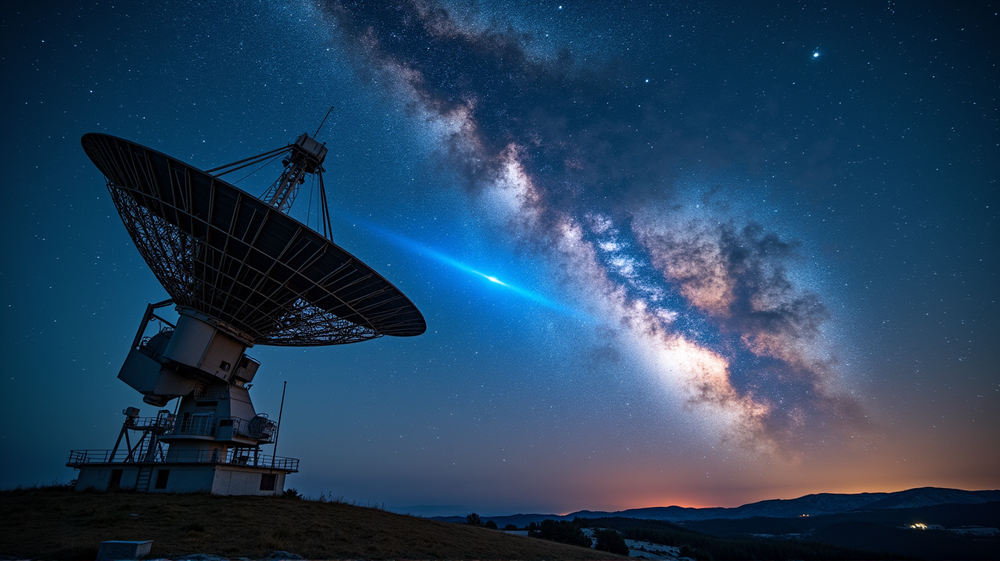Imagine a dance of stars set to the timeless melody of Johann Strauss II’s “Blue Danube.” This iconic waltz, forever etched in our hearts through Stanley Kubrick’s 2001: A Space Odyssey, will take flight anew as the European Space Agency (ESA) beams it into the cosmos this Saturday.
Celebrating with the Stars
This exquisite performance by the Vienna Symphony Orchestra marks two significant milestones: 50 years since the ESA’s inception and the 200th anniversary of Strauss’ birth. Onlookers will experience a historic moment as a radio antenna in Spain propels the music outward, bridging our world with the universe.
The homage rectifies a cosmic oversight—the waltz’s absence from NASA’s 1977 “Golden Records,” carried by Voyager 1 and 2. Voyager 1, which remains the first man-made object to leave our solar system, travels through space sans this orchestral masterpiece—a gap ESA aims to fill.
A Technological Dance
Operated by ESA, the Spanish radio antenna, usually engaged in missions ranging from Martian landscapes to stellar cartography, will pivot to join the symphonic journey. The broadcast hurls sound beyond earth through electromagnetic waves, poised to surpass Voyager 1 at lightspeed and etching a melodic signature in space’s grand tapestry.
Josef Aschbacher of the ESA eloquently voices the significance: “This event showcases our technology’s ability to carry not just scientific data but human art across the galaxy.”
Cultural Symphonies in Space
Beaming music to the heavens isn’t unprecedented. In 2008, NASA sent The Beatles’ “Across the Universe” deep into space, and last year, Missy Elliott’s “The Rain” danced through Venusian skies, underscoring humanity’s universal desire to weave our creativity into the cosmic fabric.
As stated in WSKG, these ambitious transmissions meld tradition with cutting-edge technology, a testament to our enduring quest to reach the stars with melody and heart. Prepare to immerse yourself in a cosmic concert, where art and science waltz among the stars.












